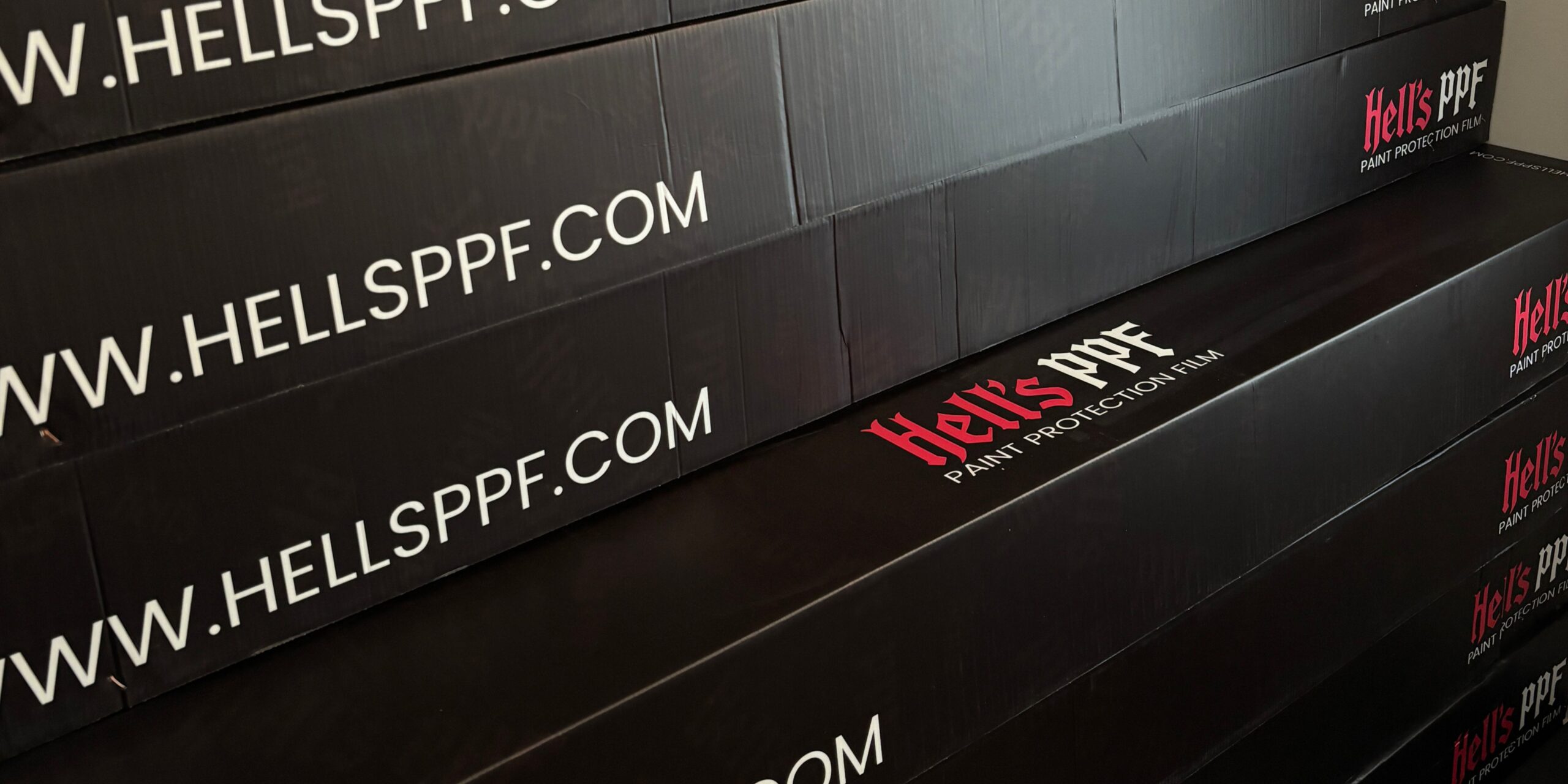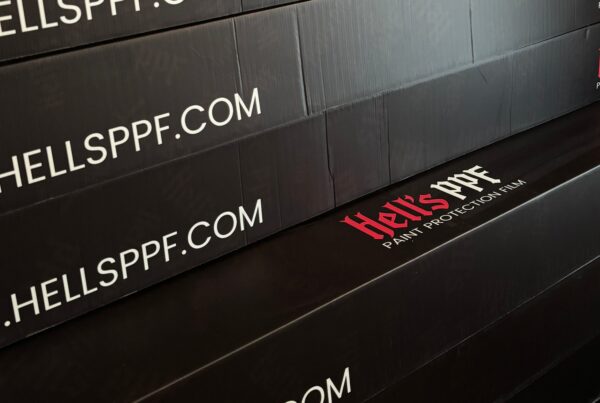Vehicle owners who wish to highlight their car’s unique beauty often turn to PPF (Paint Protection Film), which is available in glossy or matte finishes. Both options have their dedicated fans and can be used on various vehicle models and years. In this article, we provide guidance on when to choose matte-finish film and when to opt for one polished like a diamond.
Matte PPF film – visual enhancement for your vehicle
PPF protective film is a thick and transparent layer of polyurethane that protects the car’s body from scratches and scuffs while maintaining the paint’s best appearance over time. If the surface is damaged, the film self-heals, repairing the scratches under the influence of heat.
Matte PPF film has additional mattifying properties not found in glossy films. Scratches that form on its surface will be less noticeable until they heal. In the case of micro-scratches, they won’t be visible at all. Additionally, dried stains and dust will be less apparent.
Who is matte PPF film for?
This option is ideal for those who want their car to look more aggressive, as the matte PPF film accentuates the car’s contours, making them stand out more prominently. Matte film effectively hides newly formed scratches and other marks, maintaining a high level of vehicle aesthetics.
An added benefit is that PPF film simplifies the process of cleaning the paint and reduces the time required for car body maintenance.
Glossy PPF films – an impression of deeper color
Glossy films enhance the depth and intensity of the color, making them an excellent choice for private, corporate, or luxury vehicles. Like matte PPF films, they improve the durability of the car body by protecting it from scratches and moisture.
Compared to matte films, glossy films require more meticulous maintenance. To preserve the flawless glossy effect, the surface must be regularly cleaned of accumulated dirt while avoiding harsh or improperly selected chemicals. It is recommended to use products specifically designed for PPF films.
Matte or glossy film – how to decide?
The choice of film primarily depends on the vehicle owner’s preferences, aesthetic expectations, and the visibility of dirt


